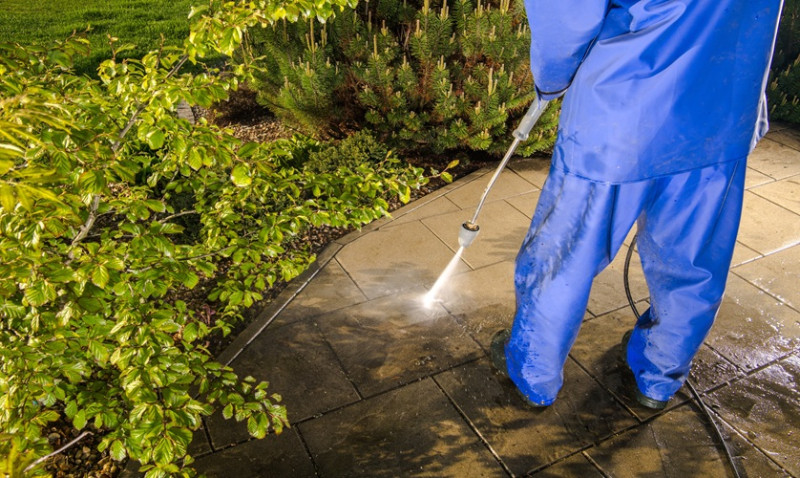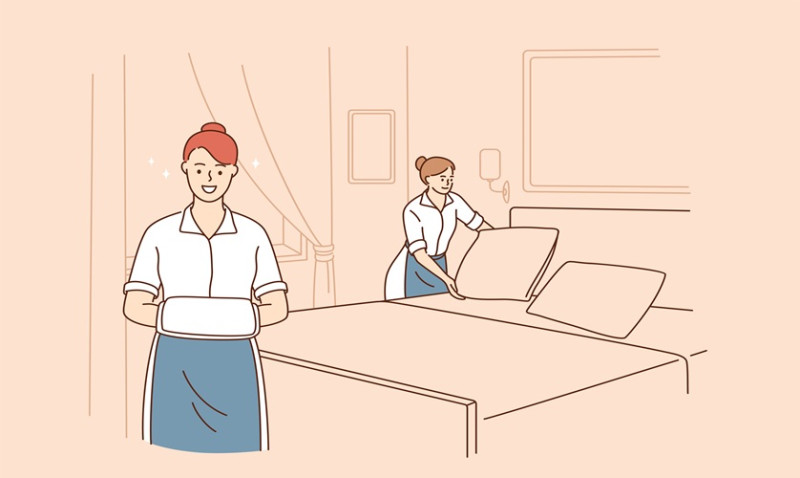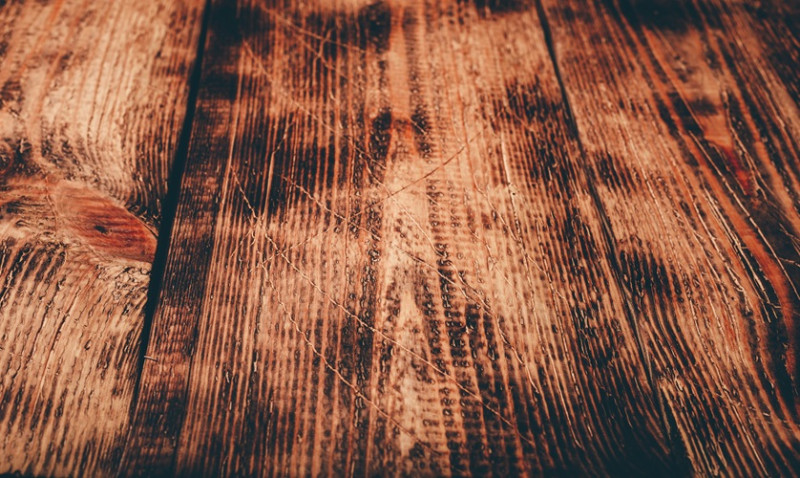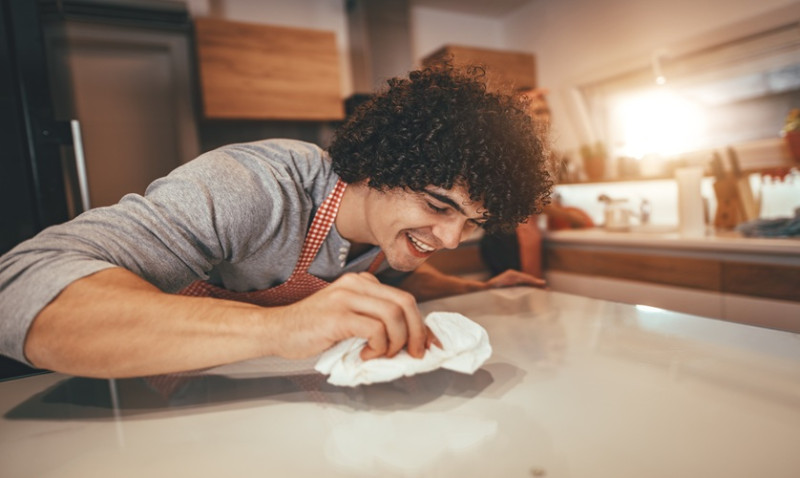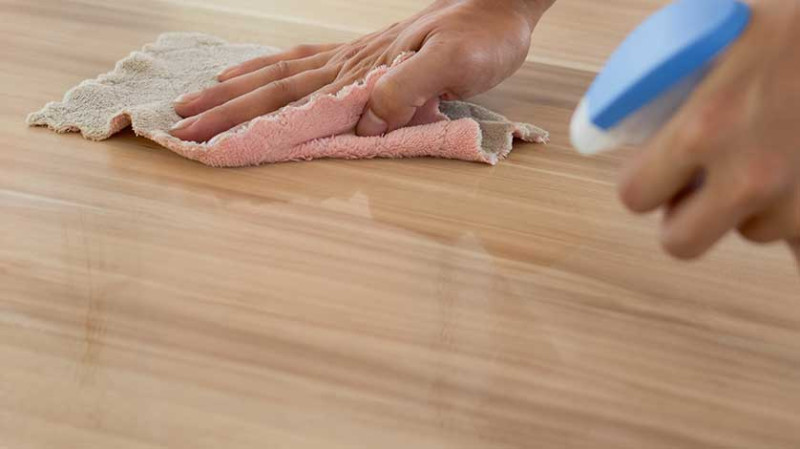
Whether you're a DIY beginner giving your first coffee table a makeover, a busy young professional trying to keep your home stylish, or a seasoned designer or tradesperson dealing with high-end finishes, wood stains are inevitable. Spills, scratches, and daily wear-and-tear can quickly alter the natural beauty of wood surfaces. But don’t panic — with the right techniques and products, you can remove stains from wood in just minutes and bring life back to your favourite pieces.
This guide is tailored for individuals across the UK looking to renew their wooden surfaces — think kitchen countertops, vintage oak sideboards, parquet floors, or sleek floating shelves. Whether you’re working in a modern city flat or a countryside cottage, we’ve got you covered with practical, time-saving solutions.
Understanding Wood Stains: What Causes Them?
Before tackling the stain, it’s important to know what type you’re dealing with. Common wood blemishes fall into a few categories: water stains, heat marks, ink or dye patches, oil-based spots, and chemical or cleaning product residues. Each type requires a different removal method, so accurately identifying the stain saves both time and unnecessary damage.
Water stains often come in the form of unsightly white rings — a familiar issue caused by condensation under drink glasses. Heat marks are similar but usually result from placing hot dishes or pans directly on the wood. Ink and dye marks soak into the grain and can be particularly stubborn. Oil stains tend to darken the wood and are usually found near kitchen dining areas or worktops. Chemical burns or residues from cleaning products can subtly discolour or leave streaks on lacquered finishes.
Knowing the exact nature of the stain means you can proceed with confidence, using methods that are both effective and safe for the wood’s finish.
Tools and Materials You’ll Need
Many stain-removal methods use simple household items you're likely to have at home. Others may require specialist products that are readily available at UK hardware stores or via online outlets like Screwfix, B&Q or Amazon UK.
| Item | Use |
|---|---|
| Microfibre cloths | Gentle wiping and buffing without scratching surfaces |
| White vinegar & olive oil | DIY cleaner and polish—great for water and heat stains |
| Baking soda & toothpaste (non-gel white) | Perfect for lifting ink and watermarks |
| Iron and a cotton cloth | Removes water rings and heat marks with steam |
| Fine steel wool (#0000 grade) | Used with mineral spirits or lemon oil for tougher stains |
| White spirits or methylated spirits | Dissolves oil-based stains without damaging most finishes |
| Commercial wood cleaner or restorer | Effective on older or deep-set stains |
Remember to always spot-test any method or product on an inconspicuous area before going all-in. Different finishes (varnished, painted, unsealed) react differently to cleaning agents.
Quick Solutions for Common Wood Stains
1. White Water Rings or Heat Marks
One of the quickest ways to remove white rings left by hot mugs or wet glasses is by using an iron and a clean cotton cloth:
- Lay a cloth over the stained area.
- Set the iron to a low heat (no steam).
- Gently move the iron over the cloth for 15–30 seconds.
- Lift and check — repeat as needed.
This draws the trapped moisture up out of the wood’s finish. In most cases, rings vanish almost instantly.
Alternatively, mix equal parts of white vinegar and olive oil. Apply with a soft cloth, rubbing along the wood grain, then buff with a dry cloth. This method is ideal for sensitive pieces like antique furniture.
2. Dark Oil or Grease Stains
These work their way into the grain and often require a bit more elbow grease. Sprinkle baking soda over the stain and gently scrub with a damp cloth. Let sit for 15 minutes, then wipe off.
If that doesn't work, dab with a small amount of white spirit or methylated spirit on fine steel wool. Lightly rub in the direction of the grain. Finish by polishing with lemon oil or beeswax balm to restore the sheen.
3. Ink and Dye Marks
Found often on desks or kids’ furniture, ink stains require speed and precision. Grab a non-gel white toothpaste and mix a drop of baking soda into it. Apply to the spot using a soft cloth and rub gently until the mark fades.
Wipe clean with a damp cloth and dry. Repeat if necessary. Just avoid aggressive scrubbing—you don’t want to wear through the finish.
4. Paint or Nail Polish Spills
Fresh spills should be blot—not wiped—to avoid spreading. Once the paint dries, gently scrape with a credit card edge. If residue remains, apply a dab of nail polish remover (acetone-free if safe on your finish) with a cotton swab and blot gently.
Rinse with a damp cloth and dry thoroughly. Re-polish afterwards if the area looks dull.
Preventing Future Stains — Simple Tips That Work
Now that your wood is spotless, the key is preventing future issues. Prevention is much simpler and less time-consuming than repair. Here's how you can keep your wooden surfaces pristine:
- Use heat-resistant mats and coasters on dining and coffee tables.
- Install felt pads on heavy objects that rest on wooden furniture.
- Apply wood wax or an oil-based polish every few months to create a protective barrier.
- Keep surfaces dry—absorb spills immediately with a cloth.
- Use diffused sunlight or window films to prevent UV damage to exposed wood around windows.
If you’re working on a refurbishment project as an architect or contractor, consider finishes that match the function of the room — for example, opt for heavy-duty varnish in kitchens or bathrooms where moisture is common.
Ready for a Quick Fix?
Wood doesn’t have to be high-maintenance — you just need to know a few tricks to treat it well. Armed with these easy, effective solutions, you can remove stains from wood surfaces in minutes and preserve your home or project-level quality with minimum effort. Whether you're restoring an old farmhouse bench in Yorkshire or protecting designer furniture in a London apartment, your wood deserves proper care.
Try out these techniques today, share them with your mates, and keep everyday accidents from turning into permanent aesthetic woes. Because in the world of interiors, the details — like a flawless wood surface — make all the difference.

